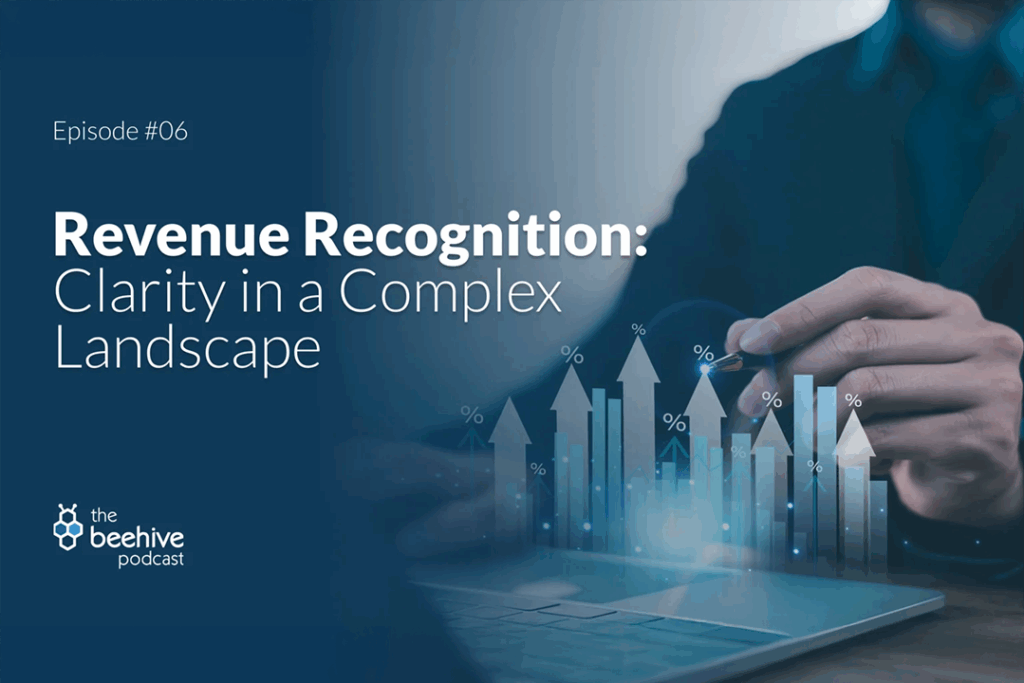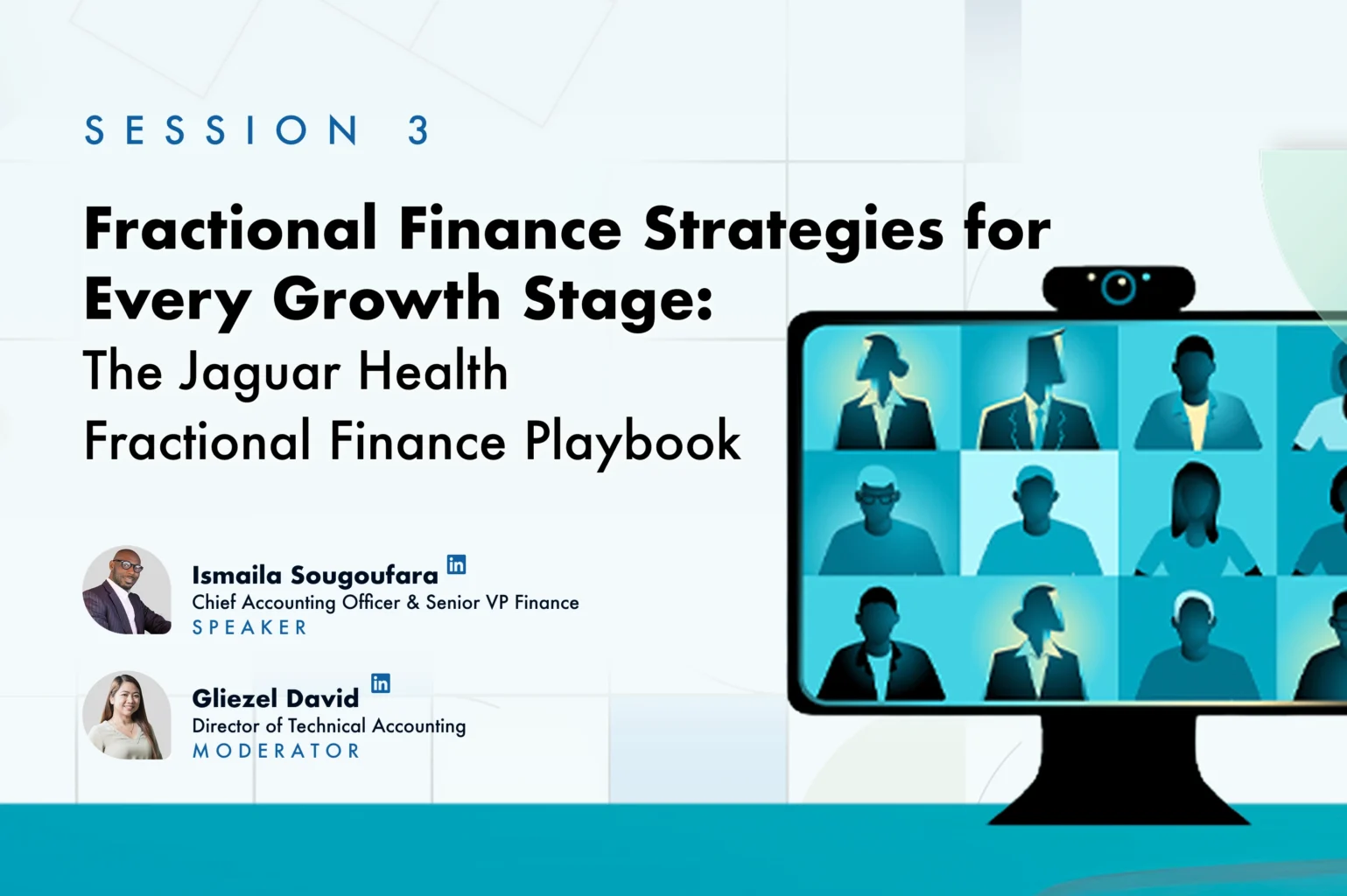Revenue may be one of the most common terms in business, but when it comes to financial reporting, it’s anything but simple. In Episode 6 of The Beehive, our host William sits down with accounting experts, Junel Mamaril and Gliezel David, to shed light on the complexities of revenue recognition under ASC 606.
Understanding when and how to recognize revenue is critical to ensuring financial transparency and compliance. In this discussion, we break down the five-step model, common challenges, and what businesses need to watch out for.
Why Revenue Recognition Remains a Top Risk Area
Despite being essential, revenue recognition continues to appear frequently in SEC comment letters due to the significant use of estimates and judgments throughout the process.

Junel Mamaril
Whether it’s determining the appropriate timing of revenue recognition, identifying performance obligations in a contract, or estimating the amount of variable consideration to be recognized as revenue, the potential for error is high.
Understanding Revenue Recognition and ASC 606
At the heart of the discussion is ASC 606, the U.S. GAAP standard that guides how companies recognize revenue. While many assume it’s straightforward, the reality is that it’s often a source of confusion. In fact, Junel says that they have seen many companies struggle with complying with the ASC 606.
The Five-Step Revenue Recognition Model
ASC 606 introduces a five-step model to help companies recognize revenue more consistently:
- Step 1: Identify the contract(s) with a customer.
- Step 2: Identify the performance obligations in the contract.
- Step 3: Determine the transaction price.
- Step 4: Allocate the transaction price to the performance obligations in the contract.
- Step 5: Recognize revenue when (or as) the entity satisfies a performance obligation.
Because these steps are quite broad, applying them to real-world situations often requires professional judgment and context that can cause confusion. In fact, Junel notes that in recent SEC comment letters, the most common concerns revolve around identifying performance obligations and estimating variable considerations, among others.
Gliezel further highlights that problems arise when companies oversimplify the process or skip the nuance of each step. “Sometimes companies think that it’s straightforward, so they seldom consult…But when there’s a trigger and the clients ask us and we check, then we identify different ways to account for those items.”
Principal vs. Agent Considerations
Another area that causes confusion under ASC 606 is when determining whether a company is acting as a principal or an agent in a transaction. This distinction directly affects how much revenue is presented, gross if you’re the principal and net if you’re the agent, and can result in significant misstatements.
In situations where there are multiple parties involved in a transaction, determining who controls the goods or services can directly impact how revenue is recognized. This issue is particularly common among online platforms, third-party sellers, and distribution-heavy industries, which is a frequent target of SEC scrutiny.
Common Pitfalls and SEC Findings
Despite ASC 606’s structured five-step model, many companies still struggle with proper revenue recognition. This is often due to overlooked judgment calls and assumptions that go unchallenged until it’s too late. Unfortunately, mistakes in revenue recognition often have significant consequences, ranging from delayed financial filings to increased scrutiny during audits.
Disclosure is another critical area that often gets missed.

Gliezel David
But it’s not a one-size-fits-all process. She further emphasizes that it’s crucial for companies to perform a detailed review and analysis of their contracts.
To make sure they get it right the first time, they encourage companies to consult their technical accountants. As Junel puts it, “There are so many complexities… from the first step, identifying [the] contract until we recognize revenues. And it’s not as straightforward as it seems.”
Why Listen to Episode 6
This episode of the Beehive offers clear and engaging insights into revenue recognition and helps the listener:
- Understand what ASC 606 is really about
- Learn why revenue recognition isn’t as simple as it sounds
- Know what red flags the SEC looks for in your financial statements
- Know what red flags the SEC looks for in your financial statements
- Learn how judgment and estimates can affect your financial reporting








